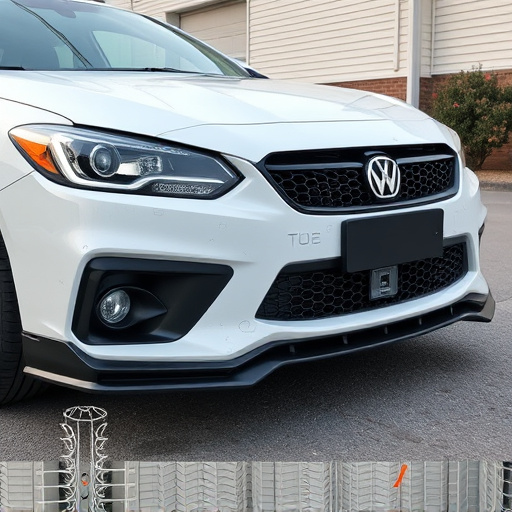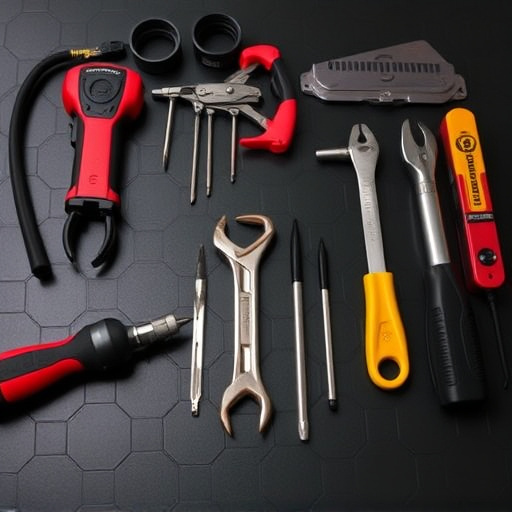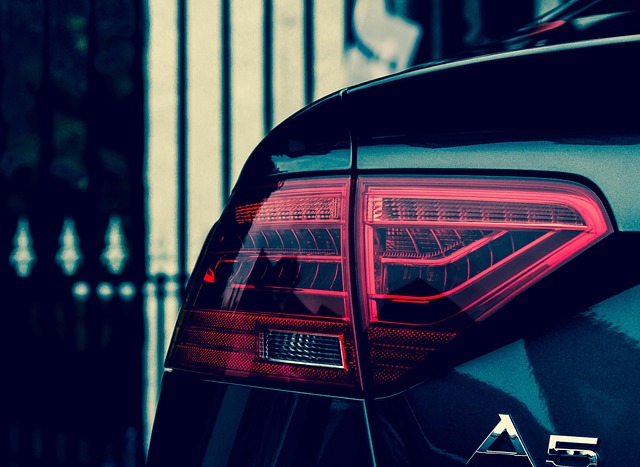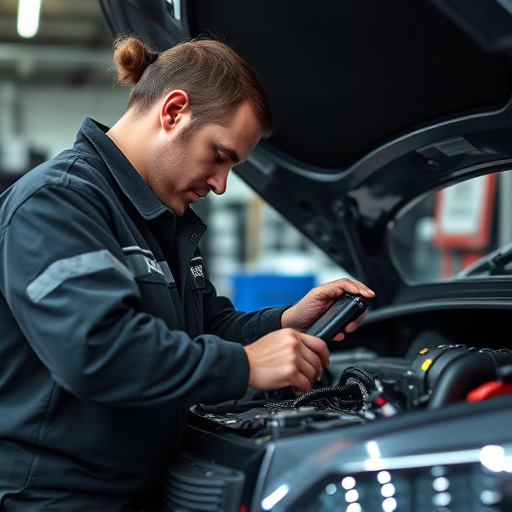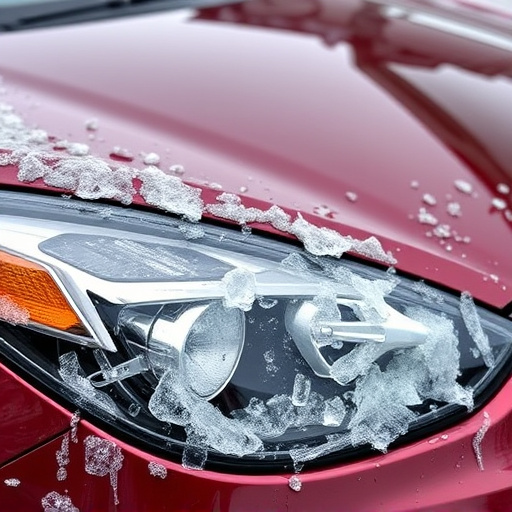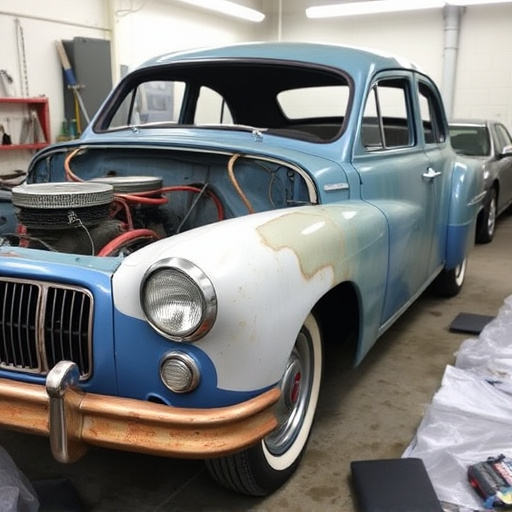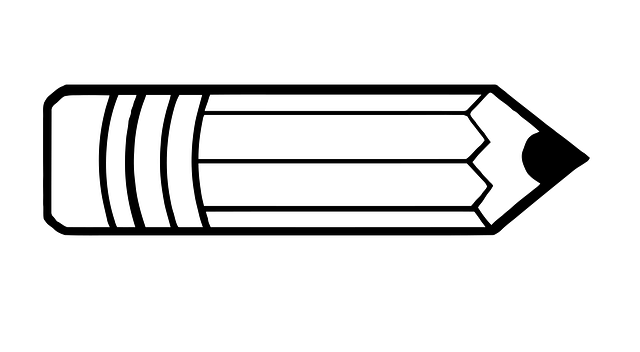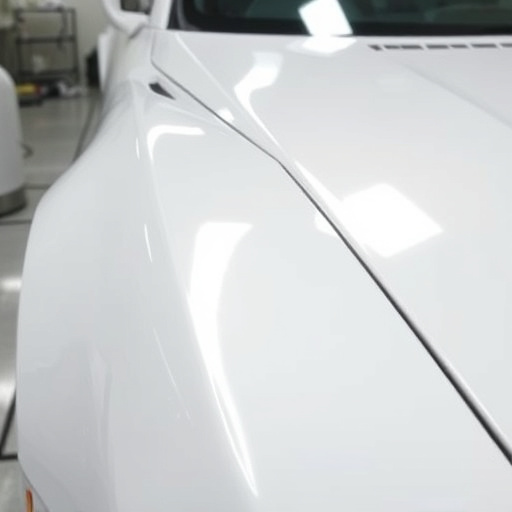PDR (Paintless Dent Repair) quality standards have transformed the automotive industry by offering faster, less invasive vehicle bodywork solutions that meet evolving consumer expectations. As demand grew, these standards focused on skilled tool application, preservation of finishes, and structural integrity, driving innovation in collision repair techniques. Adherence to PDR standards requires advanced training and equipment, enhancing customer satisfaction, body shop reputations, and profitability while promoting eco-friendly practices and aligning with global sustainability efforts.
“PDR quality standards have forever reshaped the business landscape, evolving from niche concern to industry cornerstone. This article explores their remarkable journey, tracing back to their emergence and analyzing their profound impact on operations worldwide. We dissect key components that drive excellence, revealing how businesses have adapted to meet elevated benchmarks. Moreover, we glimpse into the future, predicting trends sculpted by stricter PDR quality standards, as industries continue to strive for perfection.”
- The Emergence of PDR Quality Standards: A Historical Perspective
- Key Components and Impact on Businesses
- Future Trends Shaped by Enhanced PDR Quality Standards
The Emergence of PDR Quality Standards: A Historical Perspective

The emergence of PDR (Paintless Dent Repair) quality standards can be traced back to the growing demand for efficient and cost-effective vehicle bodywork solutions. In the past, collision repair often involved extensive processes that required significant time and resources. However, with advancements in technology and a consumer push for faster, less invasive repairs, PDR gained prominence. This innovative approach to car scratch repair and dent removal revolutionized the industry by offering a quicker, more aesthetically pleasing alternative to traditional paint jobs.
PDR quality standards were born out of a need to ensure consistency and excellence in this emerging field. As PDR techniques became more widespread, there was a growing recognition of the importance of setting benchmarks to maintain quality. These standards focus on various aspects, from the skilled application of specialized tools to achieve precise results, to the preservation of vehicle finishes without compromising structural integrity. Over time, these guidelines have evolved to meet the evolving needs of both technicians and customers in the collision repair sector.
Key Components and Impact on Businesses
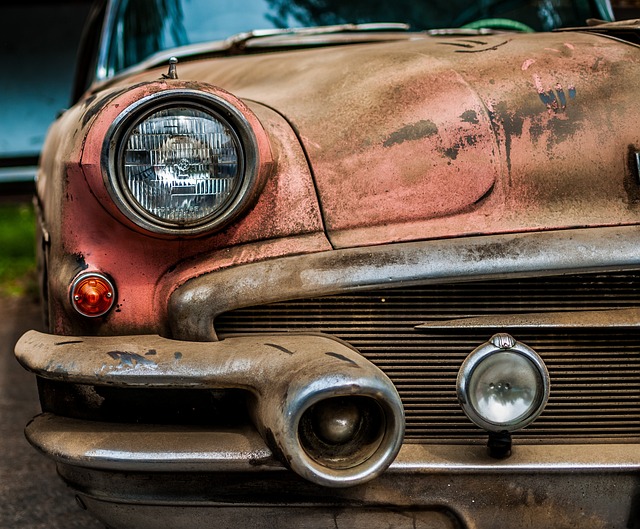
The introduction of rigorous PDR quality standards has had a profound impact on the automotive repair industry, reshaping how businesses operate and deliver services. These standards focus on several key components, ensuring that vehicle paint repair is not just functional but also aesthetically pleasing. This includes meticulous attention to detail during the body shop services, from preparation to finishing touches, guaranteeing a flawless result.
For businesses in the automotive repair sector, adhering to these standards has meant investing in advanced training for technicians and adopting cutting-edge equipment. The benefits are significant: improved customer satisfaction due to higher quality repairs, increased reputation, and potential for enhanced profitability. In essence, embracing PDR quality standards has compelled many body shops to innovate, elevate their services, and stay competitive in the market.
Future Trends Shaped by Enhanced PDR Quality Standards

The evolution of PDR quality standards has set a new benchmark for the automotive industry, influencing future trends in significant ways. As collision repair centers adapt to these heightened expectations, we see an increased focus on precision and customer satisfaction. This shift has prompted auto detailing services to enhance their techniques, ensuring every vehicle leaves the shop looking as good as new. Moreover, the demand for skilled technicians who can master intricate PDR techniques has skyrocketed, driving the need for specialized training programs in automotive repair.
With these elevated standards, the industry is witnessing a paradigm shift towards sustainability and eco-friendly practices. As PDR becomes more precise, it reduces waste and minimizes the environmental impact of auto repairs, aligning with global efforts to promote green collision centers. This trend not only benefits the planet but also fosters public trust in the automotive repair sector, ultimately shaping a greener and more responsible future for the industry.
The evolution of PDR quality standards has undeniably left an indelible mark on the business landscape, fostering a culture of excellence and innovation. By implementing stringent yet comprehensive guidelines, businesses have been empowered to deliver exceptional products and services, ensuring customer satisfaction and long-term success. As we look ahead, these enhanced standards continue to drive industry growth, encouraging companies to embrace cutting-edge technologies and sustainable practices, ultimately revolutionizing the way they operate and compete in today’s dynamic market.
